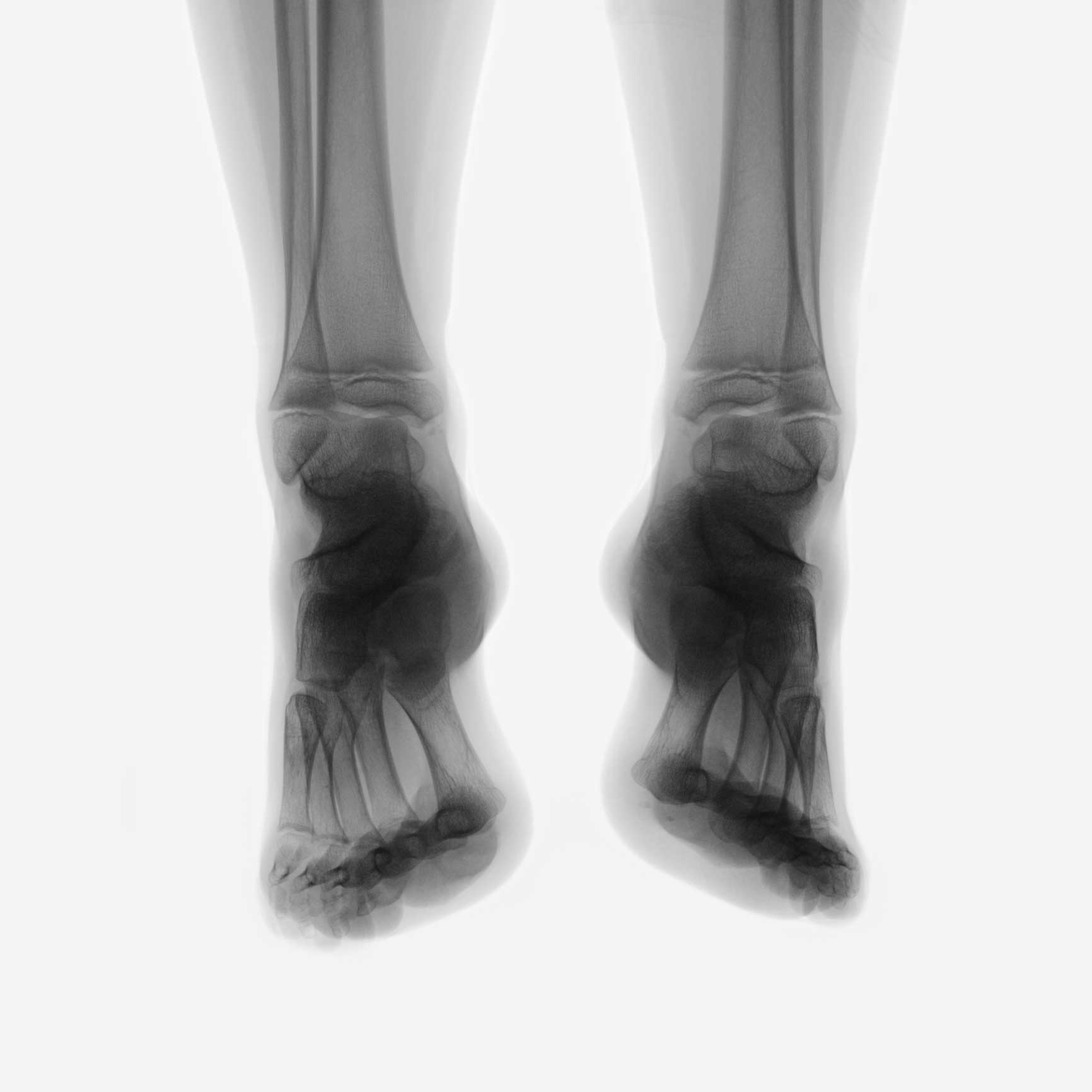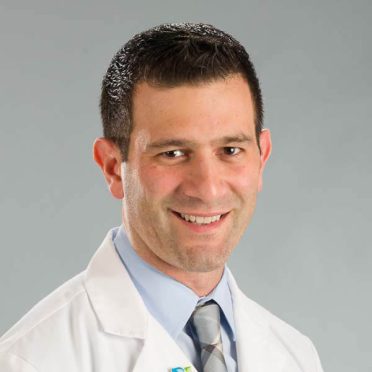Our weekly NFL report evaluates injuries to players of local (Patriots, Giants and Jets) or national interest with commentary by a sports orthopedic specialist from the Bone & Joint Institute at Hartford Hospital. Sign up for automatic delivery to your inbox (click here and scroll to “Free email newsletters”).
Player: Matt Forte, New York Jets running back.
Injury: Turf toe.
How it happened: During a run to the goal line in the third quarter of the Jets’ 20-6 victory over the Miami Dolphins Sept. 24 at Giants Stadium.
Expected time missed: Forte missed the Jets’ 23-20 victory over the Jacksonville Jaguars Oct. 1 and will likely miss at least another week.
Dr. Clifford Rios, Bone & Joint Institute orthopedic surgeon and board-certified in sports medicine: “Turf toe is often treated without surgery. But it can be career-ending because this joint of the foot sees tremendous stress and is critical for forceful push-off and pivoting. Once injured, it may not maintain the same stability or ability to endure such a high level of stress.”
What is turf toe?: A hyperextension of the big toe or, more technically, a hyperdorsiflexion injury to the first metatarsalphalangeal (MTP) joint — the “ball” of the foot.
The injury happened so often on artificial turf that the condition was named after it. The injury, first documented in football players in 1976, is almost as old as artificial turf. (The Houston Oilers, now the Tennessee Titans, became the first professional football team to play on artificial turf when they moved in 1968 to the Houston Astrodome, which installed AstroTurf in 1966.)
“Turf toe can occur on turf or natural grass,” says Dr. Rios.
Artificial turf is still the most likely cause of the injury because, despite advances in fake-turf technology, athletes’ cleats or shoes still get stuck in the surface. But it can happen on any surface, including grass. More flexible shoes, like sneakers or soccer shoes, add to the injury risk.
How does it happen?: A player, with his foot planted on the turf, pushes off and stretches the area at the base of the big toe. The non-athlete can get turf toe when stubbing a toe on a sidewalk or other hard surface, hyperextending it (jamming it toward the body) or hyperflexing it (rotating it toward the sole of the foot) against an immovable surface. Repetitive movements can also aggravate the initial injury.
“It is a hyperextension injury of the first metatarsophalangeal joint,” says Dr. Rios, “and can occur with forceful push-off or if another player falls on back of the heal, driving this joint into a position of hyperextension.”
In most cases, the injury is more nagging than debilitating. But an athlete who can’t push off on either foot, change directions quickly or pivot in twisting motion will either miss time or play with diminished efficiency. Jordan Reed, a Washington Redskins tight end, has experienced both after a turf-toe injury with a fracture — more severe cases can include a sesamoid fracture or tear of the plantar plate.
Jack Lambert, the former Pittsburgh Steelers linebacker, is among the players whose career ended because of turf toe. Deion Sanders, a Hall of Fame defensive back, says his post-career activities have been limited because of turf toe. His three toe surgeries, he says, eliminated him as a candidate for “Dancing with the Stars.”
Types of turf toe:
Three types of turf toe:
- Grade 1: Slight pain, no tear of the ligaments in the joint. Result: Player can return to the game or maybe miss a little action.
- Grade 2: Modern pain, partial tear with some bruising. Result: Players misses several days or up to two weeks.
- Grade 3: Considerable pain, complete tear with swelling, bruising. Result: Player out 1 to four months.
How is it treated: No matter the severity, turf toe is first treated with rest, ice, compression and elevation, known as RICE. A Grade 2 injury might require a walking boot. A Grade 3 injury might require surgery.
“Attempts to repair the injured structure can improve symptoms for lighter activity,” says Dr. Rios, “but may not hold up to stress an elite athlete would put on it. There are multiple small ligaments which can be disrupted. This disruption can affect the position of the sesamoid bones, which are critical to the function of the flexor tendons to the hallux (big toe).”
Do shoes matter?: Yes. The NFL this year used laser technology to scan players’ feet to produce customized footwear it hopes reduce the number of turf toe and Lisfranc (mid-foot) injuries. Some companies, among them Nike, New Balance and Adidas, have invested in technology to create custom footwear using 3D printing. Cleveland Indians pitcher Corey Kluber on April 4, 2017, became the first Major League Baseball player to wear cleats created by a printer.
Some athletes use an orthotic insole, sometimes called a turf toe plate, to limit the big toe’s range of motion.
“We can make a custom orthotic to reduce stress across this joint when planning a return to play,” says Dr. Rios.
What’s the best artificial turf?: For many years, NFL players rated FieldTurf the best playing surface for its softness and durability. But that appears to be changing. MetLife Stadium in East Rutherford, N.J., home of both the Jets and Giants, used FieldTurf from 2010 to 2012 before switching to UBU Speed Series S5-M in 2013.
The Patriots installed FieldTurf at Gillette Stadium in Foxborough, Mass., before this season but removed it after one game after players said it had too much give. It was the third time the field had been ripped up since 2014. The Patriots replaced it with another FieldTurf product.
Dr Clifford Rios, a sports medicine surgeon with Orthopedic Associates of Hartford, is Site Director for orthopedic resident education at the Bone & Joint Institute. Click here to find out why the Bone & Joint Institute is the athlete’s choice, with a Motion Lab for performance analysis, the area’s most comprehensive sports rehabilitation facility and 30 fellowship-trained orthopedic surgeons.



